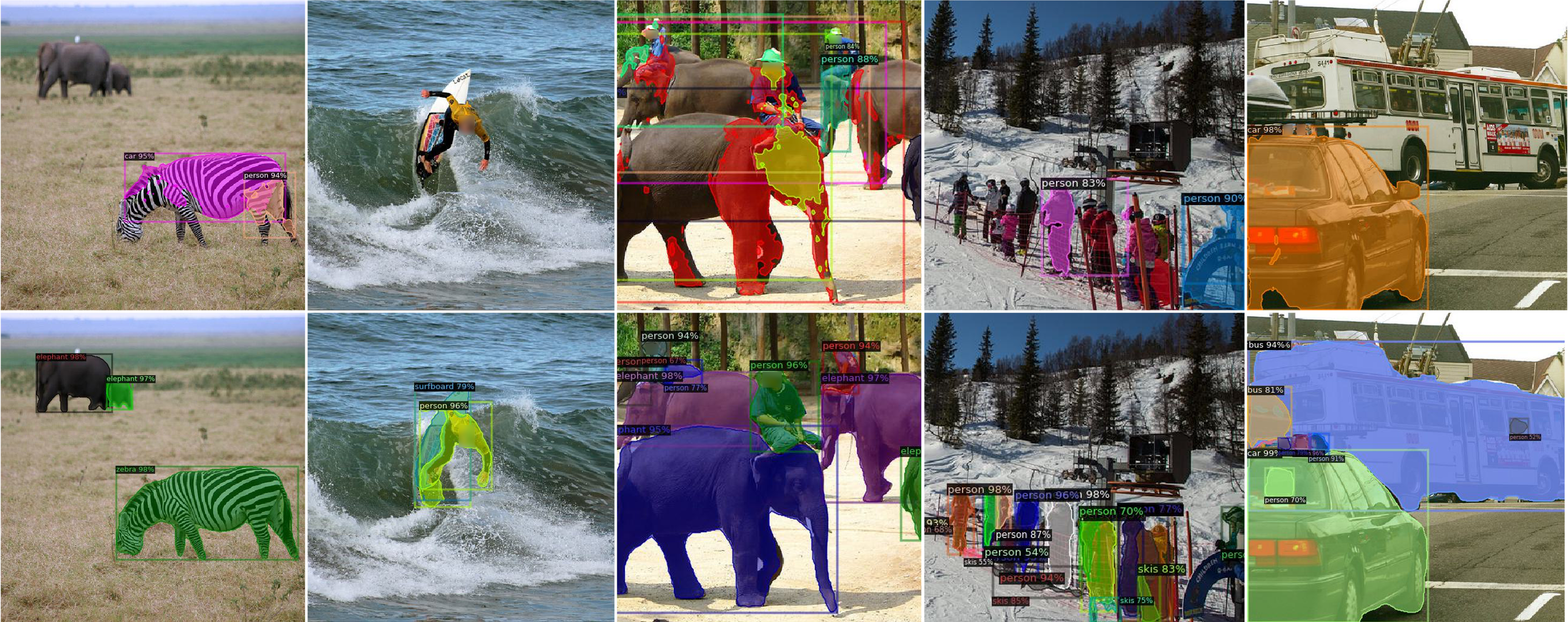Guided Distillation for Semi-Supervised Instance Segmentation
Although instance segmentation methods have improved considerably, the dominant paradigm is to rely on fully-annotated training images, which are tedious to obtain. To alleviate this reliance, and boost results, semi-supervised approaches leverage unlabeled data as an additional training signal that limits overfitting to the labeled samples. In this context, we present novel design choices to significantly improve teacher-student distillation models. In particular, we (i) improve the distillation approach by introducing a novel "guided burn-in" stage, and (ii) evaluate different instance segmentation architectures, as well as backbone networks and pre-training strategies. Contrary to previous work which uses only supervised data for the burn-in period of the student model, we also use guidance of the teacher model to exploit unlabeled data in the burn-in period. Our improved distillation approach leads to substantial improvements over previous state-of-the-art results. For example, on the Cityscapes dataset we improve mask-AP from 23.7 to 33.9 when using labels for 10\% of images, and on the COCO dataset we improve mask-AP from 18.3 to 34.1 when using labels for only 1\% of the training data.
PDF Abstract








 ImageNet
ImageNet
 MS COCO
MS COCO
 Cityscapes
Cityscapes
